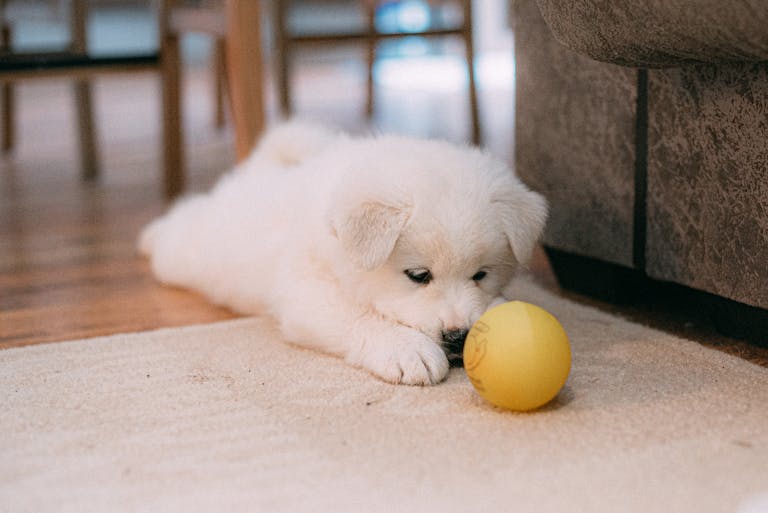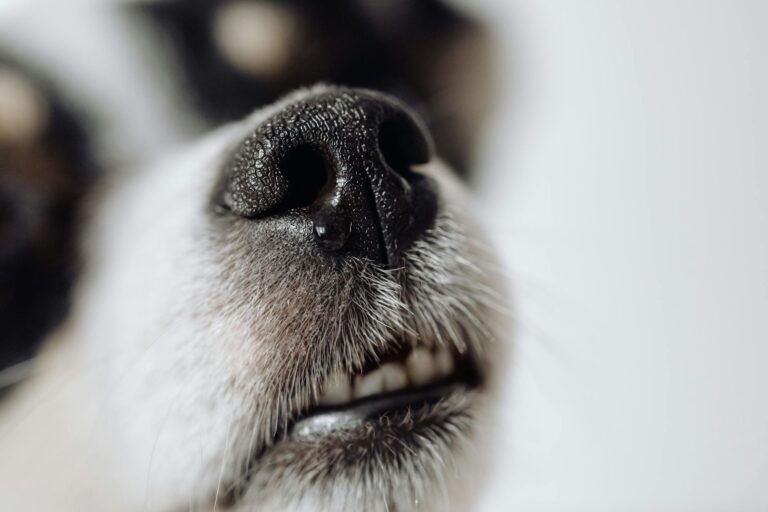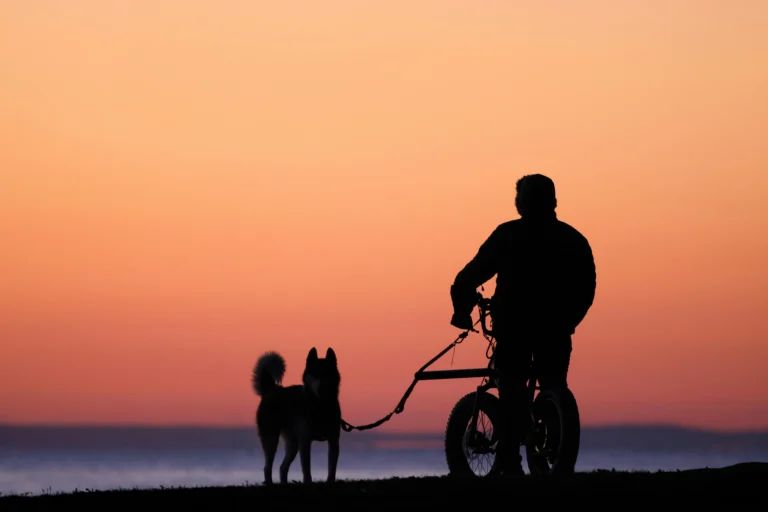Why Your Dog Doesn’t Play With Toys

Wondering why your dog won’t play with toys? Here’s what it means—and how to help them learn.
You have a basket full of toys and your dog still couldn’t care less. No amount of coaxing or loud noises or running around will get their interest. No fetch. No tug. Maybe a sniff, then nothing.
It’s frustrating. But it doesn’t mean you’ve failed.
Not all dogs come wired for play. Some were never taught how. Others may feel too anxious, confused, or overwhelmed to try. And some just have quieter preferences that don’t match the classic “chase the ball” image.
Here’s the truth:
Play is a skill. And like any skill, it can be learned, adapted, or even redefined.
In this post, we’ll explore why your dog might not be engaging with toys, what to try instead, and how to spot—and celebrate—the playful behavior they do show.
Why Your Dog Might Not Play (Yet)
Lack of Early Socialization
Some dogs—especially rescues or puppy mill survivors—may have missed key experiences during their early development. If they didn’t learn to play with littermates or humans during puppyhood, they may not know how to play now.
Negative Past Experiences
Toys can be scary if they’ve been associated with something bad. One of my own rescues was attacked by another dog immediately after squeaking a toy—and refused to go near squeakers ever again. Trauma sticks.
Personality or Breed Tendencies
Not every dog is wired for wild play. Some breeds are more laid-back by nature (think greyhounds, bulldogs, or giant breeds), and others may prefer mental stimulation over high-energy games.
Fear, Anxiety, or Overstimulation
Fast movement, loud sounds, or unpredictable shifts in energy can overwhelm sensitive dogs. If your dog startles easily or seems uncomfortable in new environments, they might struggle to relax enough to play.
Sensory Sensitivies
Some dogs are picky about textures, noises, or even how a toy smells. A hard plastic bone or squeaky tennis ball might just feel wrong to them—so it’s worth exploring other materials or toy types.
Reminder: your dog’s play style might look different from what you imagined. And that’s okay.
Matching the Right Games to Your Dog
Now that we know why dogs may not like to play, we can start thinking about how to get your dog to play. And a great way to start is by looking at the breed you have.
Not all dogs are created equal. Some dogs like to chase, others love to chew, and some prefer to sniff around quietly. By matching games to your dog’s natural instincts and preferences, you’ll make play feel more rewarding (and way less frustrating).
Here’s a quick guide to get you started:
| Dog Type | Ideal Games |
|---|---|
| Retrievers | Fetch, scent work, water games |
| Terriers | Tug-of-war, flirt pole, digging games |
| Herding Breeds | Frisbee, movement-based games, stop-and-go recall games |
| Sighthounds | Sprint games, flirt pole, lure chasing |
| Low-Energy Dogs | Nose work, puzzle toys, “find it” games |
| Toy/Companion Breeds | Lap-based tug, trick training, soft plush games, chase around the house |
Of course, this is a general rule of thumb. If you have a sighthound who has no interest in chasing lures, then that doesn’t mean your dog is broken. That just means you need to figure out what does interest them.
Don’t Know Your Dog’s Style Yet?
Observe how they interact with the world:
- Do they chase leaves or squirrels? Try flirt pole or fetch.
- Do they chew everything? Offer tug or food-stuffed toys.
- Are they scent-focused on walks? Build on that with hide-and-seek or snuffle games.
- Prefer to cuddle? Turn “training tricks” into play—your dog might just enjoy the attention more than the toy.
What To Try Instead
If your dog still isn’t engaging with toys, don’t give up—just pivot. These low-pressure approaches meet your dog where they are.
Try Different Toy Types
Some dogs are picky about textures, size, or sound. Try:
- Soft fleece vs. rubber
- Squeakers vs. silent toys
- Crinkly toys vs. plush
- Long fabric tugs vs. dense ropes
Even a mild preference (like mouthing fleece but ignoring rubber) is a clue worth following.
Budgeting Tip: Try Before You Buy
Don’t want to break the bank buying a bunch of toys that might not work? I highly recommend leashing up your pup and taking them to your nearest pet store. Many stores, Petsmart and Petco included, often let you take your pets indoors. What you can do is walk your pooch up and down the aisle and look at which toys naturally grab their fancy.
You can also try your local charity shop – they may have some low-cost dog toys for rapid experimentation.
Use Training as Play
If your dog enjoys learning, training is play. Use simple, upbeat exercises to build joy and engagement:
- Teach fun tricks like “spin,” “touch,” “jump,” or “bow”
- Move around together with treats or toys
- Use praise, petting, or just time with you as the reward
Keep it light and fun—this isn’t obedience school. It’s a bonding session disguised as learning.
Make Toys Food-Based
Food-motivated dogs may ignore toys—until the toy feeds them. Try:
- Frozen peanut butter Kongs
- Treat-stuffed plush toys
- Puzzle toys or snuffle mats
- Sprinkle treat crumbs on ropes and chew toys
You’re not bribing—you’re creating a positive association that builds interest over time.
Use Social Learning
This can be incredibly powerful for rescues or undersocialized pups. Watching another dog tug, chase, or engage with toys can trigger their own curiosity.
Social learning is real—and dogs are excellent copycats when they feel safe.
Play With Your Body Language
You don’t need toys to invite play. Sometimes all it takes is your own energy. Try:
- Crawling or rolling on the floor
- Hiding and revealing toys (peek-a-boo style)
- Offering a toy, then turning away to build curiosity
Keep your movements soft, goofy, and low-pressure. You’re showing that play is safe—and optional.
Proofing the Behavior
So your dog does play now—amazing! But you’ve probably noticed they only play in certain places, with certain people, or with one specific toy.
That’s where proofing comes in.
Proofing means helping your dog feel comfortable playing in different environments, not just at home or in ideal conditions.
Here’s how to build play confidence step by step:
Change the Environment
- Try playing in a new room, hallway, or the backyard.
- Bring their favorite toy, but don’t expect the same response at first.
- Let them explore before encouraging interaction.
Add People Slowly
- Introduce new players one at a time.
- Coach friends or family on how your dog likes to play (calm tone, slow movements, etc.).
- If your dog disengages, that’s okay—go back a step.
Layer in Light Distractions
- Add gentle background noise (music, TV, birds outside).
- Let other dogs or kids be nearby but not involved.
- Keep sessions short and successful to prevent overwhelm.
If your dog shuts down or stops engaging, don’t push through. Just return to the last place they felt safe and playful—and rebuild from there. Play confidence is like a muscle. Strengthen it slowly, and it’ll grow stronger in every setting.
When Play Still Doesn’t Click
If your dog still isn’t interested in toys, games, or silly interactions—don’t panic. Some dogs just play differently. And some might not play at all.
That doesn’t mean they’re broken. It just means it’s time to shift your lens.
Redefine What “Play” Looks Like
Play doesn’t have to be high-energy. It can be slow, quiet, and rooted in connection:
- A curious sniff-and-explore walk
- A silly training session where you both giggle at a missed “spin”
- A shared moment where your dog nudges your hand for pets and connection
The goal isn’t fetch. It’s joy.
Focus on Enrichment
If your dog prefers thinking over doing, lean into it:
- Scent-based games (snuffle mats, hide-and-seek treats)
- Slow puzzle toys and DIY food challenges
- Trick training, obstacle courses, or shaping games
Let Relationship Be the Reward
Some dogs don’t want toys—they want you. Use time, attention, praise, and routine as their version of play.
- Cuddle time after a trick
- Verbal praise and eye contact after a good recall
- Structured walks where they set the pace
Final Thought
You’re not failing. You’re listening.
Teaching a dog to play isn’t just about toys—it’s about teaching them that the world is safe, that joy is allowed, and that you are someone worth exploring it with.
Whether your dog ends up tug-obsessed or prefers calm snuffle games, the fact that you’re trying to meet them where they are? That’s the win.




